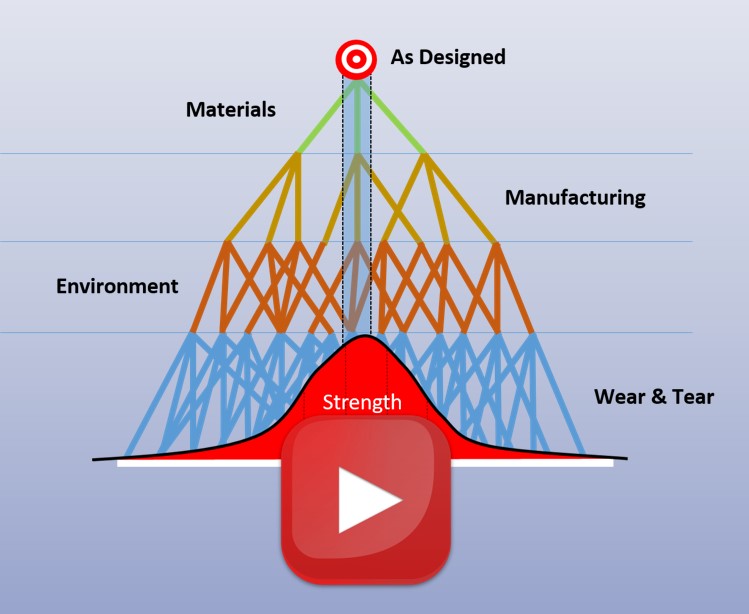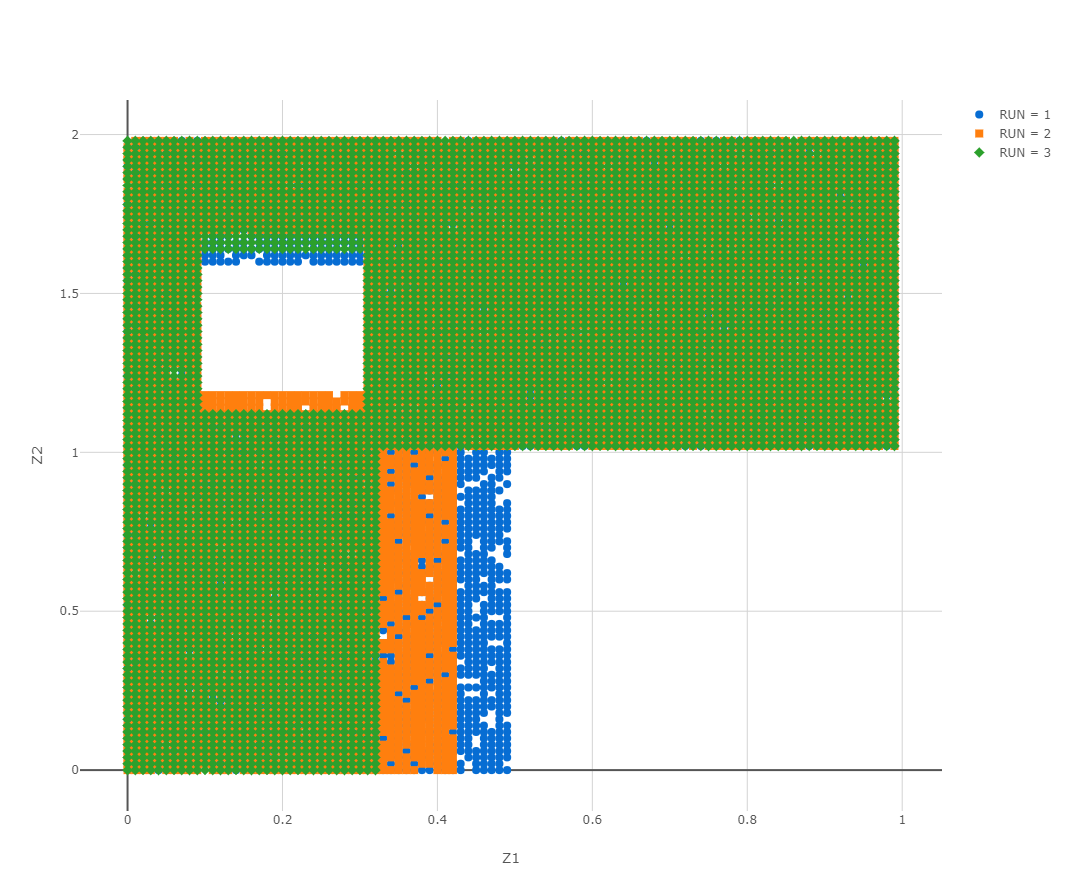Join us for this webinar in which SmartUQ principal application engineer, Gavin Jones, will highlight the unique strengths and capabilities of SmartUQ that complement ModeFRONTIER.
Modern Design of Experiments, Machine Learning, and Calibration for Simulation and Digital Twins

SmartUQ offers Industry-Scale Uncertainty Quantification

SmartUQ built with Predictive Analytics for Engineering

Manage your risk with SmartUQ

Gain the competitive edge with your analytics
One of the cornerstones of Uncertainty Quantification is building accurate predictive models with predictive analytics, but some of our customers have used SmartUQ’s machine learning predictive models outside of the Uncertainty Quantification workflow as a stand-alone tool. SmartUQ's predictive models can be built with data sets from simulation models, manufacturing, operational and sensors, and digital twins. Some applications of SmartUQ's predictive models include developing virtual sensors or performing root cause analysis.

Predictive Analytics encompass a set of advanced analytics techniques used to develop a predictive model for real time analysis and predicting future events. Using all types of data sets such as simulation modeling, manufacturing, and operational and sensor data, a trained SmartUQ predictive model can quickly perform complex analysis like predictive maintenance or risk analysis - giving your team a competitive advantage. Below are some applications of SmartUQ’s industry-scale predictive analytics:
To learn more, check out “Introduction to Predictive Analytics for Engineering” webinar.

No matter where the data comes from - simulation, physical testing, sensors, or a digital twin - there always is an element of uncertainty. Don’t depend on a deterministic point estimate that could be considerably off the mark and have costly consequences. By using Uncertainty Quantification to consider all the possible outcomes, you can optimize your decision making process resulting in reduced risk and greater confidence in your results.
See how SmartUQ optimizes decision-making from all data types, including:
Time and resources are always limited and sometimes important decisions must be made based on only a handful of data points. SmartUQ can help you get the most information out of the fewest points:
We provide a wide spectrum of capabilities including:
Take advantage of analytics to gain deeper insights and create better products faster.
Learn MoreCalibration is necessary when building models in order to improve the fidelity or prediction ability of the simulation. SmartUQ features dedicated tools to facilitate model calibration including specialized hybrid design-of-experiments generators and automated statistical calibration. Improve model validation by quickly finding best-fit parameters and confidently assessing model discrepancies.
Learn MoreUncertainty is part of every system. It arises from measurement accuracies, material properties, use scenarios, modeling approximations, and unknown future events. Uncertainty in model boundary conditions, initial conditions, and parameters makes it harder to answer your most important questions with confidence: Will it meet all the requirements and is it optimal?
Learn More